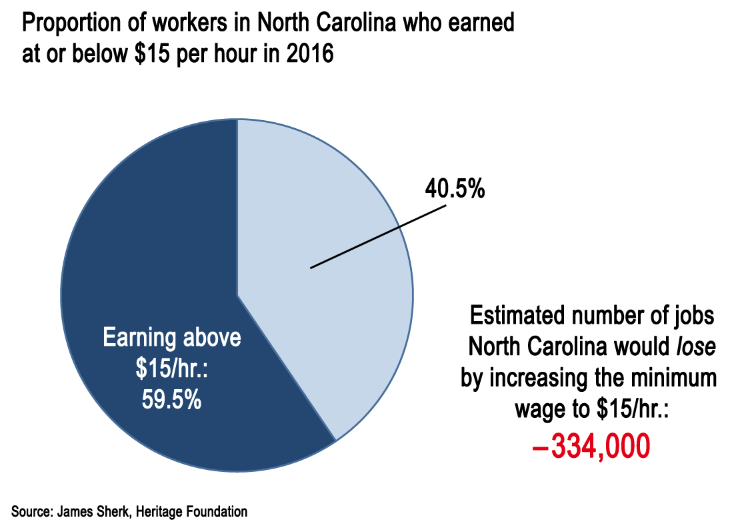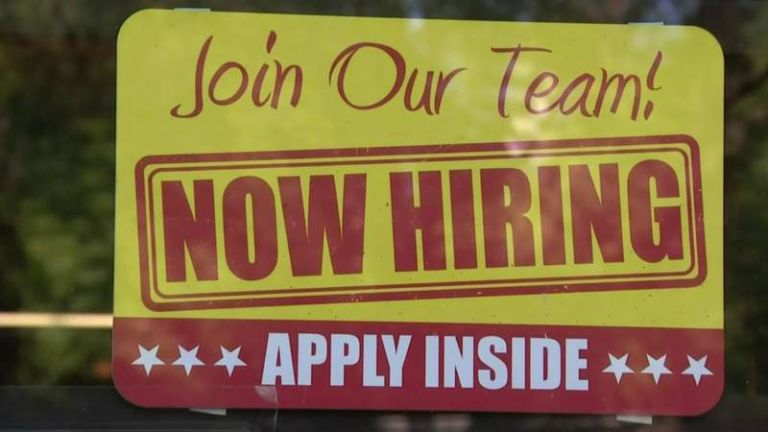The city of St. Louis plans to raise its minimum wage to $11/hour by 2018. A new study published by the Economic Policies Institute by economists David Macpherson of Trinity University and William Even of Miami University projects several negative impacts.
The city would sustain over 1,000 jobs lost, the economists find. Those job losses would fall disproportionately on:
- Women: 61% of the disemployed would be women (only 39% would be men)
- Teenagers and young adults: Fully half (50%) of the disemployed would be working age teens (16–19). People ages 20–25 would make up another 16%. The remaining third (34%) of disemployed workers would comprise the much, much larger contingent of workers over 25 years old.
- Least educated: Over two-thirds (69%) of the disemployed would have a high school education or less.
- Fast food, food service, leisure, and retail workers: Almost two-thirds (65%) of the disemployed workers would be in leisure and food service (39%) or retail (26%) industries.
Those findings are clearly within the mainstream of economic thinking on the minimum wage. The negative impacts of the minimum wage is one of the items about which economists are in greatest agreement. Furthermore, the negative impacts aren’t randomly distributed. The disemployed tend to be the least skilled, the poorest, the least educated. That is, the ones who most need the work.
Also: these negative effects are for hiking the minimum wage up to “only” $11/hour. Effects of hiking it to $15/hr. would be significantly worse — and likely even more disparate.
For what this idea would do to North Carolina, see my report, “Minimum Wage Hikes Hurt the Very People They’re Supposed to Help.”



